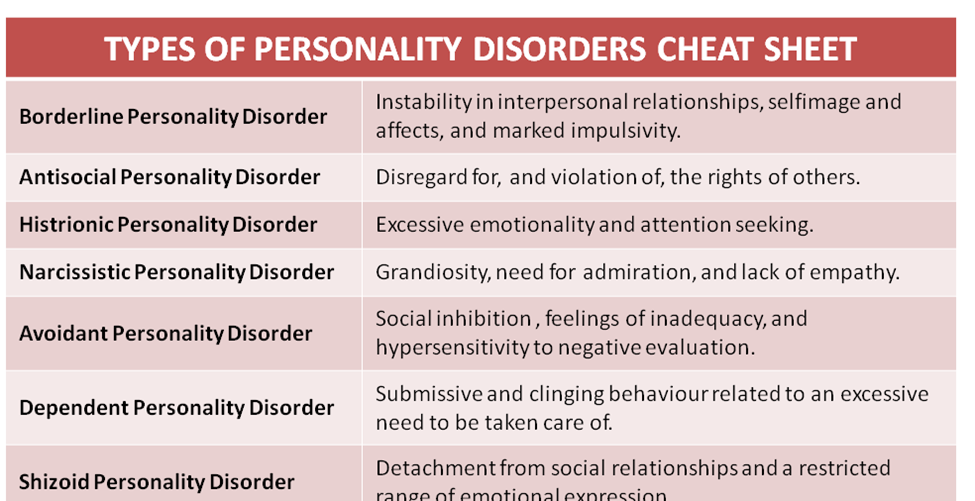A 19 year old patient has a diagnosis of Borderline personality disorder. The patient approaches the nurse and shows multiple fresh cuts on both arms. Which is the most therapeutic response by the nurse?
"After I clean your wounds, I would like for you to journal how you were feeling before you cut yourself.
I’m so sorry you cut your arms Let's discuss how you were feeling
Wow. what happened to you?".
What did you use to cut yourself! I will need to search your room
The Correct Answer is A
A. "After I clean your wounds, I would like for you to journal how you were feeling before you cut yourself."
This response is the most therapeutic. It acknowledges the patient's self-harm behavior, addresses the immediate physical needs by offering to clean the wounds, and encourages the patient to reflect on their emotions through journaling. This approach promotes self-awareness and provides a constructive coping strategy.
B. "I’m so sorry you cut your arms. Let's discuss how you were feeling."
This response is empathetic and encourages communication about the patient's emotions. While it acknowledges the self-harm and invites discussion, it does not suggest a specific coping strategy like journaling. It is still a supportive and therapeutic approach.
C. "Wow. What happened to you?"
This response may come off as judgmental or dismissive. It does not acknowledge the patient's emotional state or offer immediate support for the physical wounds. The tone and wording may make the patient feel uncomfortable or judged.
D. "What did you use to cut yourself! I will need to search your room."
This response is not therapeutic and may be perceived as confrontational and invasive. It does not prioritize the patient's emotional well-being and may violate the patient's trust and privacy. Searching the room without consent is not a recommended approach.
Nursing Test Bank
Naxlex Comprehensive Predictor Exams
Related Questions
Correct Answer is B
Explanation
A. "Did you take your medicine this morning?": While medication adherence is important, this response does not directly address the client's distress or validate their experience. It may come across as dismissive.
B. "I'm sure the voices sound scary, I don't hear any voices speaking.": This response acknowledges the client's experience without confirming or denying the presence of the voices. It expresses empathy and provides reassurance, fostering a therapeutic relationship.
C. "The devil only talks to people who are receptive to his influence": This response introduces a belief system that may not align with the client's reality and could be perceived as judgmental. It's important to avoid imposing personal beliefs on clients experiencing hallucinations.
D. "You are not going to hell. You are a good person": While expressing support and reassurance is positive, making definitive statements about the client's fate or goodness may not be helpful. It's more effective to acknowledge the distress without making absolute affirmations.
Correct Answer is D
Explanation
A. Histrionic Personality Disorder:
Individuals with histrionic personality disorder typically seek attention and may be overly dramatic, but self-harm as a response to perceived abandonment is not a characteristic feature.
B. Obsessive-Compulsive Personality Disorder (OCPD):
People with obsessive-compulsive personality disorder are characterized by perfectionism, preoccupation with details, and a desire for control. Michelle's behavior, including self-harm in response to perceived rejection, aligns more closely with borderline personality disorder.
C. Narcissistic Personality Disorder:
While narcissistic individuals may exhibit a sense of superiority and a desire for admiration, self-harm in response to abandonment is not a typical trait of narcissistic personality disorder.
D. Borderline Personality Disorder (BPD):
This personality disorder is characterized by unstable relationships, self-image, and emotions. Individuals with BPD may have intense fears of abandonment and engage in impulsive and self-destructive behaviors. Michelle's perception of being disliked, her claim of superiority, and the self-harming action in response to news of the nurse's vacation are consistent with BPD.

Whether you are a student looking to ace your exams or a practicing nurse seeking to enhance your expertise , our nursing education contents will empower you with the confidence and competence to make a difference in the lives of patients and become a respected leader in the healthcare field.
Visit Naxlex, invest in your future and unlock endless possibilities with our unparalleled nursing education contents today
Report Wrong Answer on the Current Question
Do you disagree with the answer? If yes, what is your expected answer? Explain.
Kindly be descriptive with the issue you are facing.
